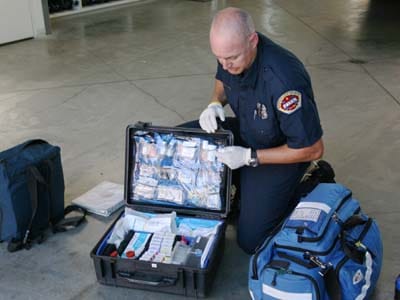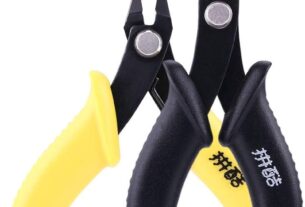Paramedics are the unsung heroes of emergency response teams. They are the first to arrive at accident scenes, and their quick thinking and skills can mean the difference between life and death. However, they cannot do their jobs effectively without the right tools. In this article, we will discuss some of the essential paramedic tools that every emergency medical technician (EMT) should have in their arsenal.
What Are Paramedic Tools?
Paramedic tools are specialized equipment used by EMTs to provide emergency medical care. These tools help EMTs assess a patient’s condition accurately and quickly, administer medication or interventions, and transport patients safely.
Some common types of paramedic tools include:
– Diagnostic equipment
– Airway management tools
– Cardiac support devices
– Trauma management equipment
– Patient transport devices
Let’s take a closer look at each of these categories and some of the specific tools that fall under them.
Diagnostic Equipment
EMTs need to be able to diagnose a patient’s condition quickly to determine the best course of treatment. Some diagnostic tools commonly used by paramedics include:
1. Stethoscope: A stethoscope is an essential tool that allows EMTs to listen to a patient’s heart, lungs, and other internal organs.
2. Blood pressure cuff: A blood pressure cuff is used to measure a patient’s blood pressure.
3. Pulse oximeter: A pulse oximeter measures the amount of oxygen in a patient’s blood.
4. Glucometer: A glucometer is used to measure a patient’s blood sugar levels.
5. Thermometer: A thermometer is used to measure a patient’s body temperature.
Airway Management Tools
Maintaining a clear airway is critical in emergencies where a patient is having difficulty breathing or has stopped breathing altogether. Some airway management tools that paramedics use include:
1. Bag valve mask: A bag valve mask is used to provide artificial ventilation to a patient who is not breathing on their own.
2. Endotracheal tube: An endotracheal tube is inserted into a patient’s trachea to maintain an open airway and facilitate ventilation.
3. Laryngeal mask airway (LMA): An LMA is a device that is inserted into the patient’s throat to maintain an open airway.
Cardiac Support Devices
EMTs often encounter patients experiencing cardiac emergencies, such as heart attacks or arrhythmias. Some of the tools they use to support the heart include:
1. Automated external defibrillator (AED): An AED is used to deliver an electric shock to a patient’s heart in cases of cardiac arrest.
2. Cardiac monitor: A cardiac monitor tracks a patient’s heart rate, rhythm, and other vital signs.
Trauma Management Equipment
Paramedics must be prepared to handle all types of injuries, from minor cuts and bruises to life-threatening trauma. Some common trauma management tools include:
1. Tourniquet: A tourniquet is used to stop bleeding from severe wounds or amputations.
2. Splints: Splints are used to immobilize broken bones or sprains.
3. Hemostatic agents: Hemostatic agents are substances that help stop bleeding by promoting blood clotting.
Patient Transport Devices
Once a patient has been stabilized and treated, they must be transported safely to a medical facility for further care. Some devices used for patient transport include:
1. Stretcher: A stretcher is used to transport patients who cannot walk or sit up on their own.
2. Wheelchair: A wheelchair can be used for patients who are able to sit up but cannot walk.
3. Scoop stretcher: A scoop stretcher is designed for patients with suspected spinal injuries and allows them to be lifted as a single unit.
Conclusion
These are just some of the essential paramedic tools that EMTs use on a daily basis. Having the right equipment can make all the difference in providing fast, effective care and saving lives. As technology continues to advance, we can expect to see even more innovative tools designed to help paramedics do their jobs even better.
References:
– American Heart Association. (2020). Advanced Cardiovascular Life Support (ACLS) Provider Manual.
– National Registry of Emergency Medical Technicians. (2021). Paramedic Psychomotor Competency Portfolio.
– Paramedic Training Spot. (2021). Top 10 Must-Have Tools for Every EMT or Paramedic.




